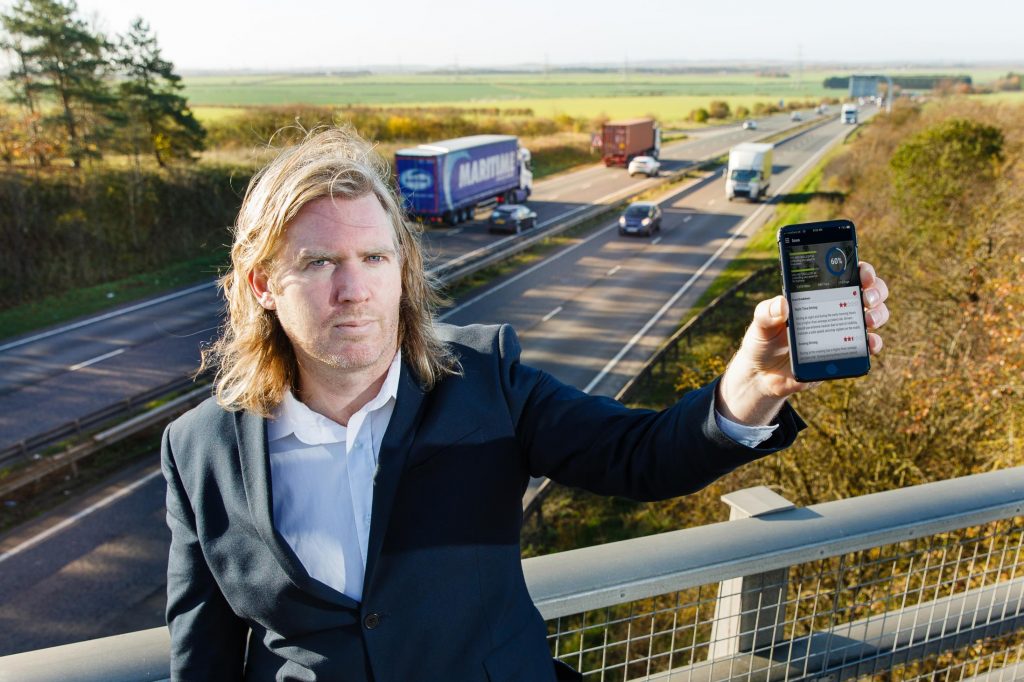A black box insurance policy enables the insurer to assess real-life data on how you drive. They can then adjust the premium to reflect how much of a risk you represent as a driver.
How does black box insurance work?
The black box, sometimes called telematics, is a small matchbox-sized unit that plugs into the car’s electronics. It reads data such as speed, distance travelled, how you brake and corner. By combining this with GPS, it can give the insurer a picture of how you’re driving: whether you break the speed limit, roar round corners or brake aggressively. The insurer uses this information to influence how much premium you should pay.
Obviously it still takes into account factors such as your age, experience, driving record, where you live and your profession so it can calculate your risk profile. But how you drive does play a part.
Where does the black box go?
It plugs into the car’s on-board diagnostic port (OBD). This enables it to measure things like when you change gear and how smoothly – or not – you brake. The OBD port is likely to be in one of the car’s footwells or perhaps in the glovebox.
Can the black box affect my car?
There have been some stories of owners claiming the black box caused their car to break down but it’s difficult to see how. The black box is simply a device to receive information from the car. It doesn’t transmit anything to the car so it can’t for example, limit your speed.

What if other drivers use the car?
That depends on the black box policy you’ve got. Some work with an app so you tell your insurer when you’re driving. Others monitor how the car is driven overall. That means the way other drivers behave at the wheel of the insured car will affect how your insurer perceives you as a driver.
Are there any hidden charges?
That depends on the policy and how you define a hidden charge. Some policies charge you for the telematics plug in. Others charge you for fitting it; yet more charge you for having the plug-in removed. Some charge you for the device if you terminate the policy early. The bottom line is it’s important to read the small print.
Some policies place limits on the times of day the vehicle can be driven. This curfew enables the insurer to better manage the driver’s risk.
Will a black box help to cut my premiums?
That depends on your age and how experienced you are. The more experienced the driver, the less likely they are to benefit from a black box policy. This is because they have an established driving record that enables the insurer to build a picture of the risk they represent.
However, younger drivers may well see their premiums fall with a black box. This is because the less experienced a driver is, the more difficult it is for insurers to gauge their risk profile and therefore calculate an accurate premium. And as their business is making money out of risk, the less defined a risk is, the more likely the insurer is to err on the side of caution for its business and charge a higher premium.

I’ve been writing about cars and motoring for more than 25 years. My career started on a long-departed classic car weekly magazine called AutoClassic. I’ve since pitched up at Autosport, Auto Express, the News of the World, Sunday Times and most recently the Daily Telegraph. When I’m not writing about cars and motoring, I’m probably doing some kind of sport or working in my garden.







